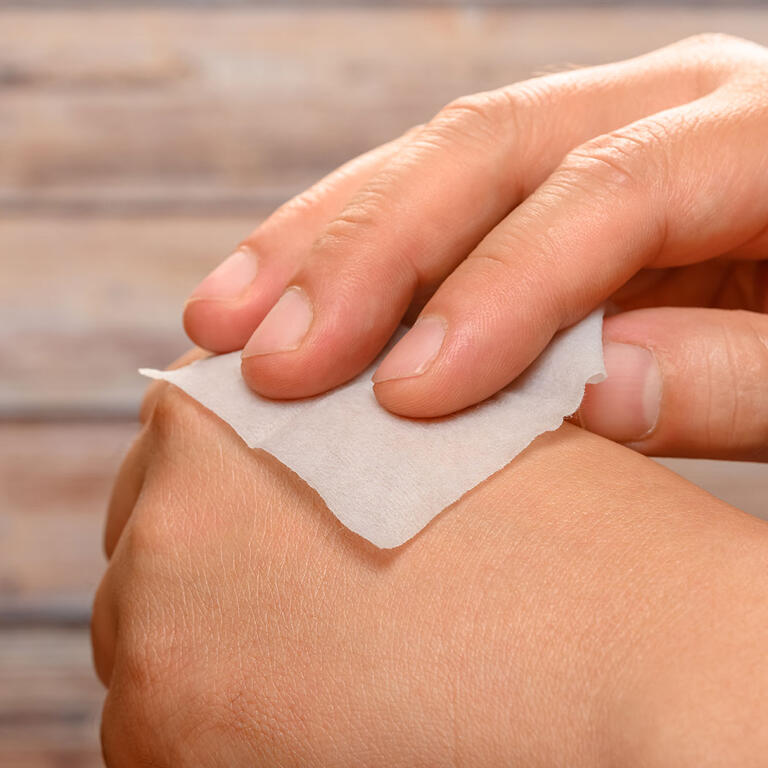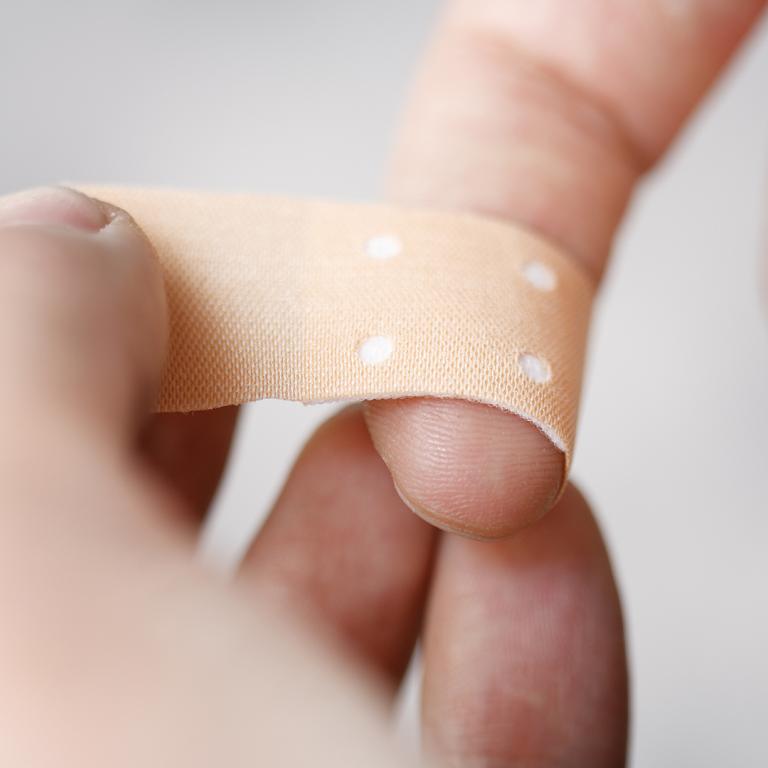

Why You Shouldn't Use Tweezers To Remove a Bee Stinger | Dr. Ian…

Q&A with Organizational Pro Peter Walsh + Dermatologist Shares A…

Actor Hank Azaria + Freezer Meals + Artichokes 2 Ways with Rach

See Inside Barbara Corcoran's Stunning NY Apartment + It's Steak…

How to Make Chicken and Lobster Piccata | Richard Blais

Donnie Wahlberg Spills Details About NKOTB's First Ever Conventi…

Donnie Wahlberg + Jenny McCarthy Say Rach Is Such a "Joy" + Look…

The Best Moments From 17 Seasons of the Show Will Make You Laugh…

How to Make Crabby Carbonara | Rachael Ray

Rach Chats "Firsts" In Flashback From Our First Episode Ever In …

How to Make Apple-Cider Braised Pork Chop Sandwiches with Onion …

Rach's Chef Pals Say Goodbye to Show in Surprise Video Message

How to Make Sesame Cookies | Buddy Valastro

How to Make Tortilla with Potatoes, Piquillo Peppers and Mancheg…

How to Make Shrimp Burgers | Jacques Pepin

How to Make Spanakopipasta | Rachael Ray

Andrew McCarthy Chokes Up Discussing Emotional Trip to Spain wit…

Celebrity Guests Send Farewell Messages After 17 Seasons of the …

Celebrity Guests Send Farewell Messages After 17 Seasons of the …

Andrew McCarthy Teases Upcoming "Brat Pack" Reunion Special

Michelle Obama Toasts Rach's 17 Years on the Air With a Heartfel…
No matter how much you try to avoid them, sometimes bees win the fight and you get stung. ?
So are you supposed to remove the stinger right away, and how?
"You want to get [the stinger] out as quickly as possible," physician Dr. Ian Smith stresses. "You can scrape it with your fingernail. People spend time going through their wallet looking for a credit card. If it's available, yes. Anything to scrape it off."
Anything BUT a tweezer, that is.
"You don't want to use tweezers, because with tweezers," the doctor explains, "if you squeeze it, you release more venom from the stinger."
NO THANK YOU.
After you remove the stinger, there might be some swelling — and Dr. Ian has advice for that, too.
How To Reduce Swelling From a Bee Sting
- Ice pack
- Baking soda paste (Mix one part baking soda — about a tablespoon — with about a tablespoon of water. Apply the paste to the wound where the stinger was.)
- Over-the-counter acetaminophen or ibuprofen
Now, some people are allergic to bee stings (like Rach) and have severe reactions — which is called anaphylaxis. Here's how to identify anaphylaxis, according to Dr. Ian.
Signs Of Anaphylaxis After a Bee Sting
- Dizziness
- Red face
- Panic
- Slurred speech
- Severe pain
- Congestion
"If you experience one or more of these symptoms," the doc stresses, "call 911 or go to your doctor right away."





